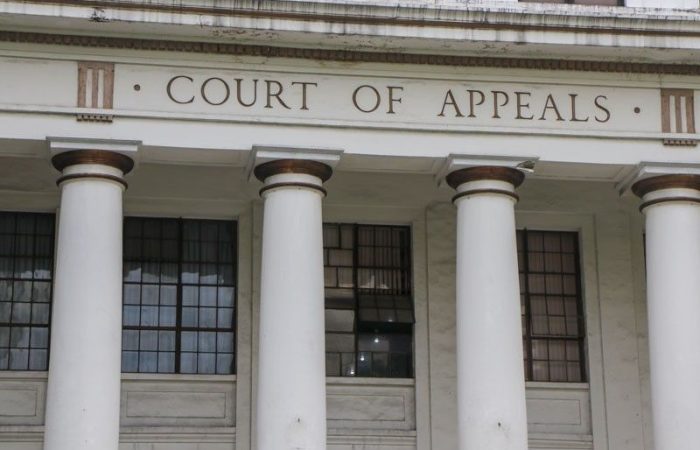By Susann Nordvik
The traditional stereotype of the “shady used car salesman” did not become a stereotype without some basis in fact, and many consumers have suffered losses because they placed themselves in the hands of the wrong auto salesperson, broker, or dealership. There are, however, protections in the law to assist a consumer who has been damaged by fraud or defalcation in the process of purchasing a vehicle. For example, the Virginia Consumer Protection Act, or “VCPA” provides a remedy for consumers who entered into a transaction with a vehicle dealer based on fraudulent representations.
Nevertheless, once you have a judgment in hand, how do you enforce it? Many dealerships have de facto protection by virtue of factoring agreements that place their vehicle inventories out of reach due to the priority liens created by the factoring agreement. Moreover, many modern transactions are financed rather than funded directly by cash, which effectively prevents traditional enforcement methods, such as a “till tap.” Consequently, the consumer, who is the least likely to be able to absorb the costs associated with enforcement, is often left holding the bag.
The Commonwealth, however, has established two mechanisms to obtain recovery in such a case. First, the licensed dealer is required to post a $50,000 surety bond, against which a claim may be made.[1] Secondly, and for claims in excess of $50,000, the Motor Vehicle Transaction Recovery Fund may pay additional sums not to exceed $25,000 for single claims, up to a cap of $50,000 for multiple claims.[2] Described in the Virginia Code at Section 46.2-1527.1, the Recovery Fund was established in 1994 to provide a means to provide at least a portion of recovery in instances of dealer fraud where a judgment has been rendered but not collected. The Recovery Fund is funded through annual fees and licensing fees paid by motor vehicle dealers licensed in Virginia.
In order to utilize the Recovery Fund, the consumer must have obtained a judgment in the Commonwealth of Virginia for “any loss or damage in connection with the purchase or lease of a motor vehicle by reason of any fraud practiced . . . or fraudulent representation made . . . by a licensed or registered motor vehicle dealer participating in the . . . Recovery Fund.”[3] In order to obtain relief under the Recovery Fund, a verified claim must be filed within one year of the judgment becoming final, but no sooner than thirty days. The claim must be made on Form MVDB-13, notarized, and filed with the Motor Vehicle Dealer Board. Although attorneys’ fees obtained as part of the judgment may be included in the claim, such fees must have been previously submitted to the trial court as a detailed and itemized fee affidavit with a breakdown of hours with the subject matter of the hours worked identified.[4] Typically, such affidavits are submitted as part of a motion for fees following judgment, or submitted by counsel at the time of trial.
Although the fund itself is limited to a maximum amount of $25,000,[5] this amount, coupled with the claim made under the surety bond should at least provide a means to obtain a replacement vehicle, or potentially fund additional means of enforcement for a large judgment.
If you have any questions about the dealer’s surety bond, the Recovery Fund, or would like to submit claims under either procedure, please do not hesitate to contact Steven Krieger Law. Navigating statutory recovery methods can be complex, and we are here to help.
[1] Virginia Code, § 46.2-1527.2.
[2] Virginia Code, §§ 46.2-1527.2, 46.2-1527.5.
[3] Virginia Code, § 46.2-1527.3. The Recovery Fund also covers judgments obtained for violations of the mandated conduct of business regulations set out in Chapter 15 of Title 46.2.
[4] Id. at subd. 3.
[5] Virginia Code, § 46.2-1527.5.



